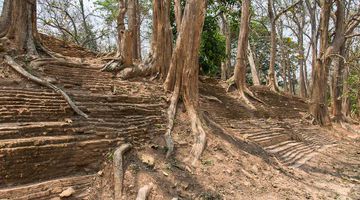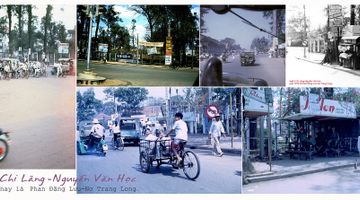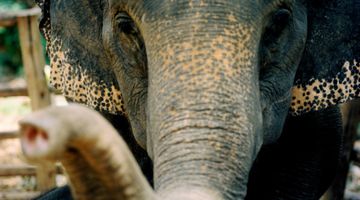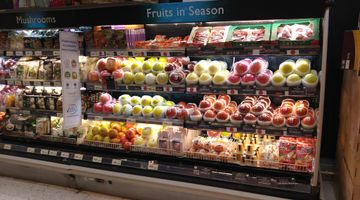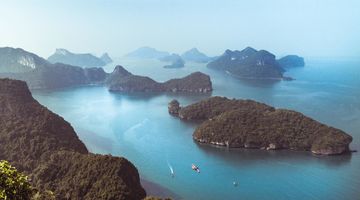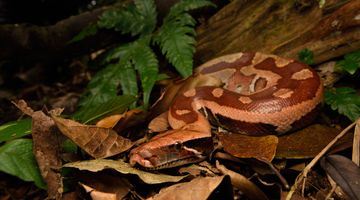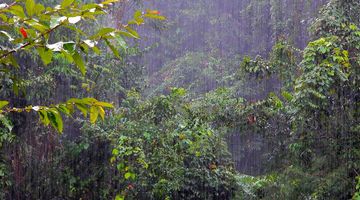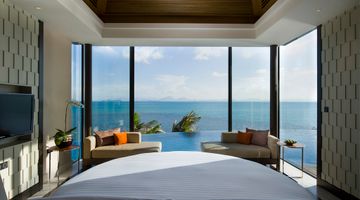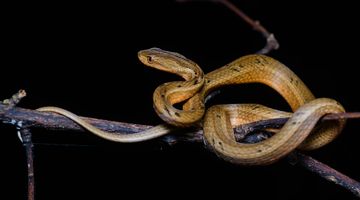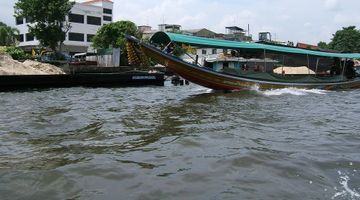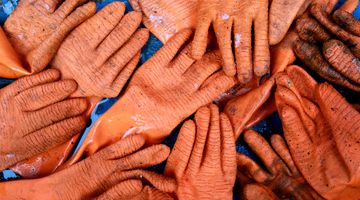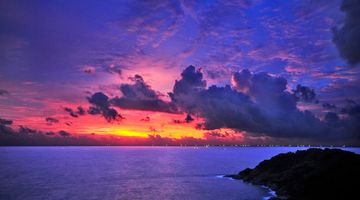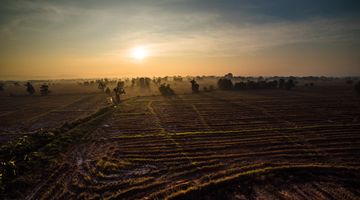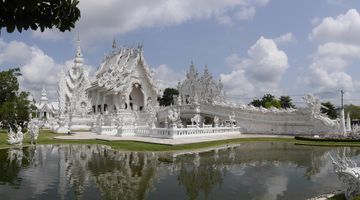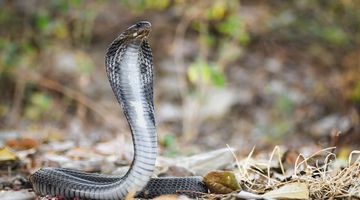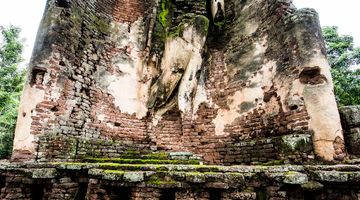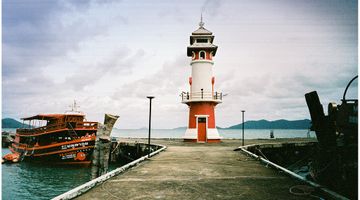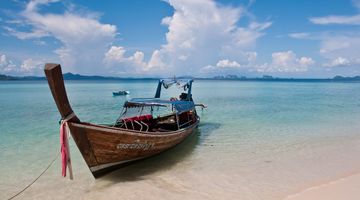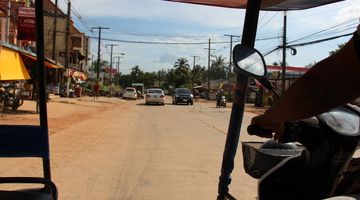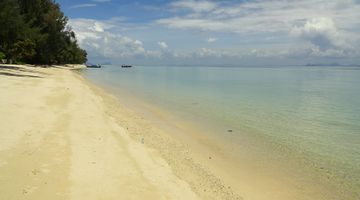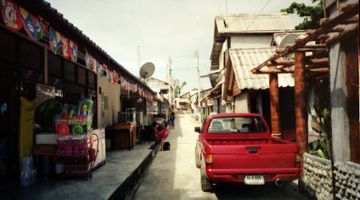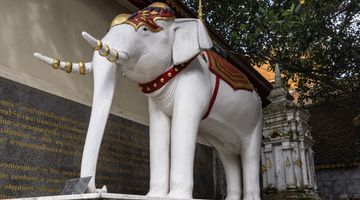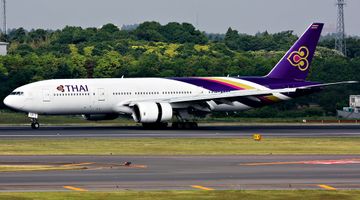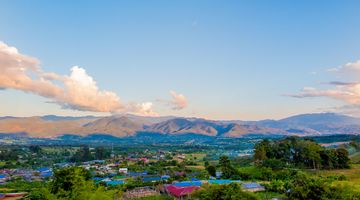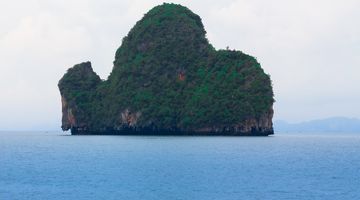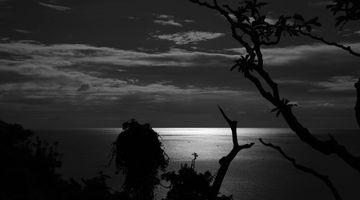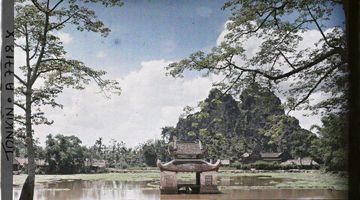Tea Culture in Thailand – Where to Find the Best Teas?
When thinking about Thai tea the first thing that springs to mind for most is the strongly-brewed, red coloured, sweet tea poured over ice and drunk with a straw out of a bag. Cha Yen, or Thai iced tea, is adored and generously consumed by the locals as well as tourists who find themselves sweltering in the mid-morning heat. The fact that this tea, commonly known as Cha Yen, is sold from rickety carts on any given street corner is also an ode to its popularity and local fame.
Tea culture in Thailand
Other than Cha Yen, Thai people have not really developed a tea culture of their own until rather recently. While the tea culture in Thailand is mostly driven by Chinese tea tradition and Chinese tea preferences, tea in Thailand seems to be flourishing at global levels in recent years too.
History of tea growing in Thailand
The history of Thai tea can be broken down into two distinctive influences; namely, The Thai Royal Project, and the ethnic Chinese communities that came to Thailand.
The Thai Royal Projects
Under the influence of King Bhumibol Adulyadej who sought to eradicate the opium that Thailand was growing (in an attempt to bolster Thailand’s international reputation as a developed and modern country), investigated the land and climate, and it was realised that tea plantations would be a successful endeavour.
The king realised that depriving the people of their income without providing them with an alternative means of earning money would be detrimental to the economy and to his people. Hence, a variety of Royal Projects were initiated and it came to be realised that Thailand’s higher altitudes and climate conditions, which just so happened to be inhabited by hill tribes and Chinese migrants, would do well to include sustainable crops such as tea.
Tea cultivars that have been imported from Taiwan into Thailand, include No.12 Taiwan Oolong cultivar, No.17 Taiwan Oolong cultivar, and Oriental beauty Dong Fang Mei Ran. With opium trade and cultivation being outlawed in the early 1980s, the Thai tea cultivation was a necessary venture for Thailand to undertake and what a victory it has become.
Kuomintang refugees (KMT)
The second significant factor that resulted in the success of Thailand’s tea cultivation has been the Chinese communities that entered Thailand in 1961 when the Chinese Nationalist Party or Kuomintang refugees (KMT) fled to Thailand by the masses. These ethnic Chinese settlers made their home in the mountainous territories of Doi Mae Salong and Doi Wawee of Northern Thailand. Not only did the KMT soldiers assist the Thai government in fighting the war against communism, but they brought along their culture, traditions, language and of course, their love and rich heritage of tea cultivation and enjoyment.
While the first tea harvest produced a high quality of teas, Thailand still had a long way to go and the tea was initially only produced for the local Thai market. However, in recent years, this has all started to change as Thailand’s tea producers are accumulating experience and expertise in the field of tea cultivation and production. Nowadays the teas from Northern Thailand have established a name of their own in the industry and an increased number of international and local traders are adding “Thai Oolong” teas to their diversified tea portfolio.
So, in a nutshell, it was the Chinese inhabitants who introduced their own tea culture into Thailand, used the fertile soil of Northern Thailand to cultivate tea crops, and gave tremendous momentum to the advancement that would ultimately allow Thai tea a spot on the international tea playing field. Pinkies out, ladies and gentlemen, I’ll clink my tea cup to that.
Tea growing regions in Thailand
The main tea growing regions in Thailand are found in the North, such as Doi Mae Salong, Doi Wawee and also around Mae Hong Son.
Doi Mae Salong
Doi Mae Salong, which forms part of the Golden Triangle area, has the ideal weather conditions for tea growing and the quality of the tea produced in this reason is proof enough of the perfect climate, altitude, topography and soil. The weather conditions allow for the cultivation of the finest green teas, Formosa Oolong teas, naturally flavoured teas, tea scented with jasmine flowers, Ginseng root teas as well as Jiogulan tea, also known as the Chinese ‘immortality herb’.
The Doi Mae Salong region also produces the exclusive Thai speciality teas, such as, black (Chinese: “red”) tea, Cha Khao Hom (Thai Rice Tea) or Osmanthus Oolong Tea recognised worldwide for their health benefits and unique, delicate flavour. The country town is now entirely dominated by the tea trade and travellers are able to fill the nooks and crannies in their travel bags with a wide selection of tea paraphernalia, such as, complete tea sets, Chinese tea tables, ceramic teapots and knitted tea cosies to name but a few curios for sale.
How to get to Mae Salong
Getting to Doi Mae Salong is a relatively easy 3-hour bus journey from Chiang Mai to Chiang Rai, the second largest city of Northern Thailand. From the Chiang Rai bus station, travellers will need to catch a tuk-tuk or taxi bound for Mae Chan, a Thai town bordering Myanmar halfway between Chiang Rai and Mae Sai. This journey is around 30km and offers picturesque scenery of the natural landscape. Once in Mae Chan, travellers will take a road that leads into the mountains and then a left offramp from the highway will take you into Doi Mae Salong itself.
Doi Wawee
Situated around 45kms west of Doi Mae Salong, lies another Kuomintang Chinese settlement, called Doi Wawee. Doi Wawee is smaller than Doi Mae Salong and although it plays a lesser role in Thai tea production, it is recognised for its tea cultivation and was actually the birthplace of the high-quality tea importation in 1996. This tea plantation is an excellent destination for travellers who want to observe the manufacturing of Pu’Er Tea made in the traditional manner.
A Chinese family-run resort called Laolee Hill Resort is a good option for the night with surprisingly comfortable and above average facilities for such a rural area. Be sure to draw cash before entering the town as ATMs can only be located in the next town Thaton, 20kms away.
Doi Wawee’s scenery is truly breathtaking and photographers will cheer at the ample photo opportunities that stretch across the horizon as green rolling hills unfold as far as the eye can see. Travellers can tour the tea plantation, visit the tea factory and can dabble in various tea tastings. The curio shops sell a variety of tea-inspired trinkets and souvenirs as well as Chinese crafts and décor. Visitors can purchase Pu’Er tea, green tea, jasmine tea as well as the world-famous Taiwanese Oolong tea species No. 17 and No. 12 Oolong. Jiaogulan tea that has been hand-collected by local hill tribes is also a wonderful tea to purchase as a memento to take home.
How to get to Doi Wawee
Getting into this more remote tea plantation takes a bit of gusto and determination as there doesn’t seem to be a reliable means of public transport just yet. But for those travellers who long for a bit of solitude away from the crowds, Doi Wawee might be just your cup of tea. Excuse the pun.
Heading from Chang Rai to Doi Wawee takes around two hours via bus, but from Chang Rai you’ll need to hop on the seat of a rented motorbike or moped and make your own way to the beautiful tea fields. Fortunately, the route there is a stunning contrast of alternating mountainous panoramas and gorgeous, green valleys.
Mae Hong Son province
Fondly called ‘The land of the three mists’, Mae Hong Son is a beautiful capital of one of the northern provinces that overlooks a lake and a lovely Karen hill tribe village. The prime destination for the tea lovers here is a small village tucked at the top of the Mae Hong Son Province called Baan Rak Thai. It is popular for its phenomenal views and excellent tea cultivation. This spot is well worth a visit for those travellers on the way out of Mae Hong Son or on the way to Pai. Guests can visit the tea plantaion there and opt to have a delicious lunch at the onsite restaurant or can even spend the night in a cosy bungalow in the middle of the tea planation itself. Stops can also be made at Pha Sua Waterfall along the scenic journey.
How to get to Mae Hong Son
Getting to Mae Hong Son from Chiang Mai is something of a challenge but the hairpin turns and steep inclines make the destination all that much worthwhile upon arrival. Renting a motorbike from Mae Hong Son and riding the 45km is a recommended route for independent travellers as the road is paved the entire way. Alternatively, there are yellow songthaews (adapted pick-up trucks) that depart from Mae Hong Son twice a day to Baan Rak Thai daily and cost around THB 220 per person.
The best tea plantations in Thailand to visit
The best tea plantations to visit in Thailand are Choui Fong plantation in Chiang Rai, known for its superb views of sweeping hillside curves, eco-tourism, mountainous landscape and perfectly brewed tea; and the previously mentioned, Baan Rak Thai in Mae Hong Son and Doi Wa Wee in Chiang Rai.
Not to be missed for those in the Chiang Rai area are Hongfu Teas, famous for their stunning valley views, lush vegetation and wonderful flower fields; as well as Wang Put Tan Tea on Doi Mae Salong’s hillside. Wang Put Tan Tea offers guests the opportunity to see the largest teapot in the world inside this farm!
For tea-seeking travellers in Chiang Mai, head to 2000 Tea Plantation for spectacular views of the tea plantation and strawberry farm. This plantation is also nearby to the famous Doi Ang Khang mist which sweeps across the plantations at sunrise creating a breathtaking view of the area.
Raming Tea, also in Chiang Mai, is the sole manufacturer of black tea in Thailand and is the ideal destination for those seeking cooler climates and a breath of fresh air away from city life. The tea in this plantation is produced by a rigorous and delicate hand-picked process that has been going on for over a hundred years. This tea plantation in Thailand is perfect for purists and purveyors of tea seeped in tradition and heritage.
Thai speciality teas
Thai speciality teas can usually be broken down into red and green tea which are very different to what the general population understands tea to be.
Already mentioned above, Cha Yen or Thai iced tea is Thailand’s speciality when it comes to the Thai tea culture and preference. Made from strongly brewed Ceylon tea and poured over ice, the tea is a red/orange colour and can also be drunk without milk and sweetened with sugar only. This tea is based on Indian tea which is the primary ingredient.
Lime Thai green tea is another iced Thai tea variation which is flavoured with lime and mint and sweetened.
Hot Thai teas are also drunk by Thais and can be served with milk and without milk but are generally always sweetened with sugar or condensed milk or both.
Where to buy Thai teas
All Thai teas are generally easy to purchase and can be found in airports, supermarkets, tea plantations and even on the shelves of the popular 7/11s. These unique teas offer travellers wonderful and special souvenirs to take home to loved ones or to brew in their homes when missing the beauty of the plantations after the holiday is long over.
What could be better than enjoying a cup of tea with a rich and fascinating heritage overlooking the rolling hills of a tea plantation? Perhaps only enjoying a second cup and pairing it with a tasty Thai meal at a hilltop restaurant.





